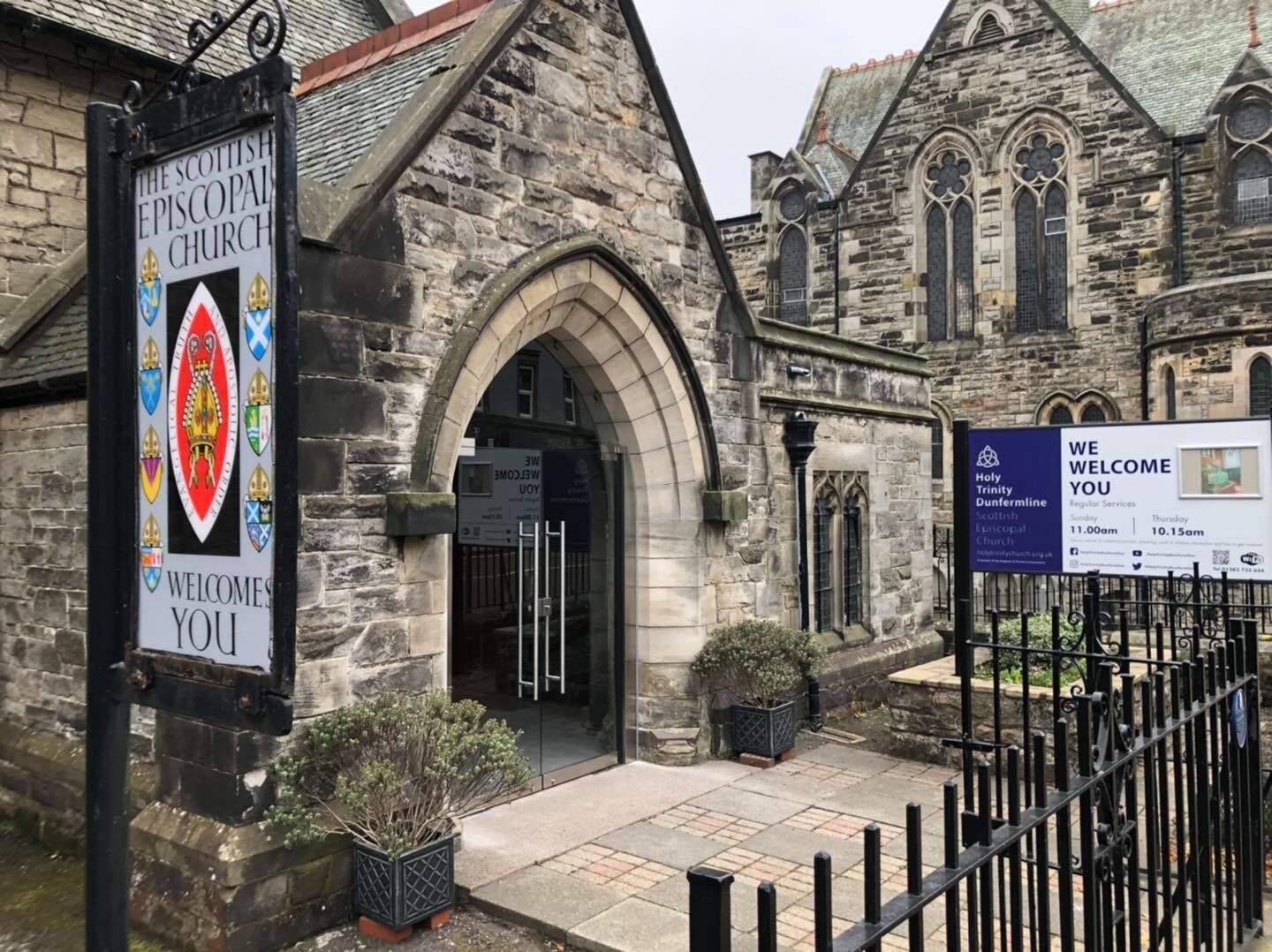Looking through the SEC Calendar I came across the entry on 9th April dedicating that day to Dietrich Bonhoeffer who was a German Lutheran Pastor and theologian, and who was executed by the Nazis in Flossenberg Concentration Camp on that day in 1945 and is regarded by the Lutheran Church as a martyr. In a short article it is difficult to do him justice but I hope that it might encourage the reader to further study his life and theology as a guide to us living in a secular world with values opposed to those of Christianity.
Dietrich Bonhoeffer was born on 4th February 1906 in Breslau in Silesia (now in Poland) into a large and very talented family. He and his twin sister were the sixth and seventh of a family of eight. He studied theology firstly at the University of Tubingen where he attained the equivalent of a master’s degree and then the University of Berlin where he qualified as a Doctor of Theology in 1930 with a view to being ordained into the Evangelical Church of the old- Prussian Union Church (the recognised Protestant Church of Germany). At the age of 24 he was too young to be accepted as a candidate for ordination so to fill in time he went to America for post-graduate studies during which he developed an understanding of the American evangelical Christian churches and love of Spiritual hymns.

He returned to Germany and in November 1931 was ordained into the Evangelical Church of the –old-Prussian Union and became a lecturer at Berlin University. He became a firm advocate of ecumenism – at a time when Roman Catholics regarded it as being a mortal sin to go to a Protestant Church and most Protestants considered Roman Catholicism in a similar light. This brought him into contact with a sect starting in Germany referred to as the Confessing Church.
In 1932, with the rise to power of Adolf Hitler and the Nazis, Bonhoeffer found it increasingly difficult to develop his beliefs in Germany where the key positions in what had now become the German Christian Church, were taken in an election for church officials by candidates favourable to the Nazi Party. In particular he refused to sign a statement put to the clergy condemning the Jewish Race. Further at this time the German Christian Church removed from office any priests and officials with a Jewish ancestry, even though they had become baptised Christians and there was even a strong representation that the Old Testament should be removed from the Christian Bible as being of Jewish origin.
Bonnhoeffer spoke out against Hitler and in a broadcast he made from Munich Radio in 1934 criticising the Nazi policies he was taken off the air. As a result he was advised to lie low and took a post as pastor for two German Speaking churches in London. By religious persuasion Bonhoeffer was firmly an adherent of the Confessing Church and used his time in London as an opportunity to promote ecumenism. He did, however, also feel that it was running away from his battle with Nazi-ism and in 1935 returned to Germany.
By this time the Nazis were bearing down on the Confessing Church. A seminary that it had run was closed but the training of seminarists went on unofficially on private estates and Bonhoeffer played a large role in this.
Bonhoeffer found the constraints placed on him by the Nazis oppressive and sought a break from it by going to America to renew his contacts with American churches. When the war broke out in September 1939, despite being encouraged by his friends in America to remain there he decided that his duty lay in returning to Germany to speak out against the Nazi treatment of the Jews. Back in Germany he continued with his theology and training candidates for the Confession Church ministry. He was forbidden to write papers, speak or preach by the Nazi authorities. A friend of his who was a member of the Abwehr (the German Intelligence Service) was able to arrange for him to be recruited into that service in order to take the heat off him. Amongst his duties was acting a courier to German embassies in neutral countries and this enabled him to continue with his theological writings and pass them friends for publication, for example he met George Bell, the Bishop of Chichester, in Lisbon and as well as giving him papers for publication made an offer to act as a spy for MI5, an offer that was turned down.
Despite his holding a post in the Abwehr he continued to be on the Gestapo’s list of suspected critics of the Nazis policies and therefore a danger to the state and in April 1943 he was arrested and imprisoned in Tegel military prison. He had become engaged three months before to Maria von Wedemeyer which was important as there engaged state allowed her to visit him in prison and smuggle out letters and papers.
In July 1944 following the attempted assassination of Adolf Hitler evidence was found that the Head of the Abwehr, Admiral Canaris, and other Abwehr members were involved in the plot and they were arrested and any former Abwehr members held on security charges were also charged with assisting the conspiracy. As a result Bonhoeffer was handed over from the German Military Custody to that of the Gestapo and was held in the Gestapo High Security Prison. From there he was secretly moved to the Buchenwald Concentration Camp in February 1945, and then to Flossenburg Concentration Camp.
On 4th April 1945 the diaries of Admiral Canaris were discovered which heavily implicated member of the Abwehr and Hitler in a rage ordered that Abwehr members suspected were to be destroyed whether guilty or innocent.
On 8th April Bonhoeffer was tried at a travesty of a Court Martial by SS Judge Otto Thorbeck which was held with no witnesses, no defence and no record of proceedings, and he was sentenced to be executed. He was executed by hanging the following day along with Admiral Canaris, two German generals and two German civilians also charged.
A witness to the execution reported that those executed were stripped and led into the execution yard and that Bonhoeffer knelt and prayed. He then stepped up to the gallows and was hanged dying after only a few seconds. Some doubt has been expressed on this description as the witness describing the execution was the medical officer in attendance and he could have described the execution and as being dignified and quick for other reasons.
He died because he felt that his Christianity required him to speak out against the Hitler’s treatment of the Jews as being what he as a practising Christian should do and that if this involved suffering then so be it. His untimely death also meant that Christianity lost a brilliant theologian who saw that Christianity was not just form and ritual but also living a Christian life in the face of a secular world.
He is commemorated in the liturgical calendars of a number of churches in the Anglican Communion, sometimes as a martyr and sometimes as a significant theologian and Christian leader. He is also commemorated in the Evangelical Lutheran Church. The Conference of the United Methodist Churches which does not recognise saints in 2008 acknowledged him as a modern- day martyr and his effigy appears in the Gallery of 20th Century Martyrs in Westminster Abbey.

